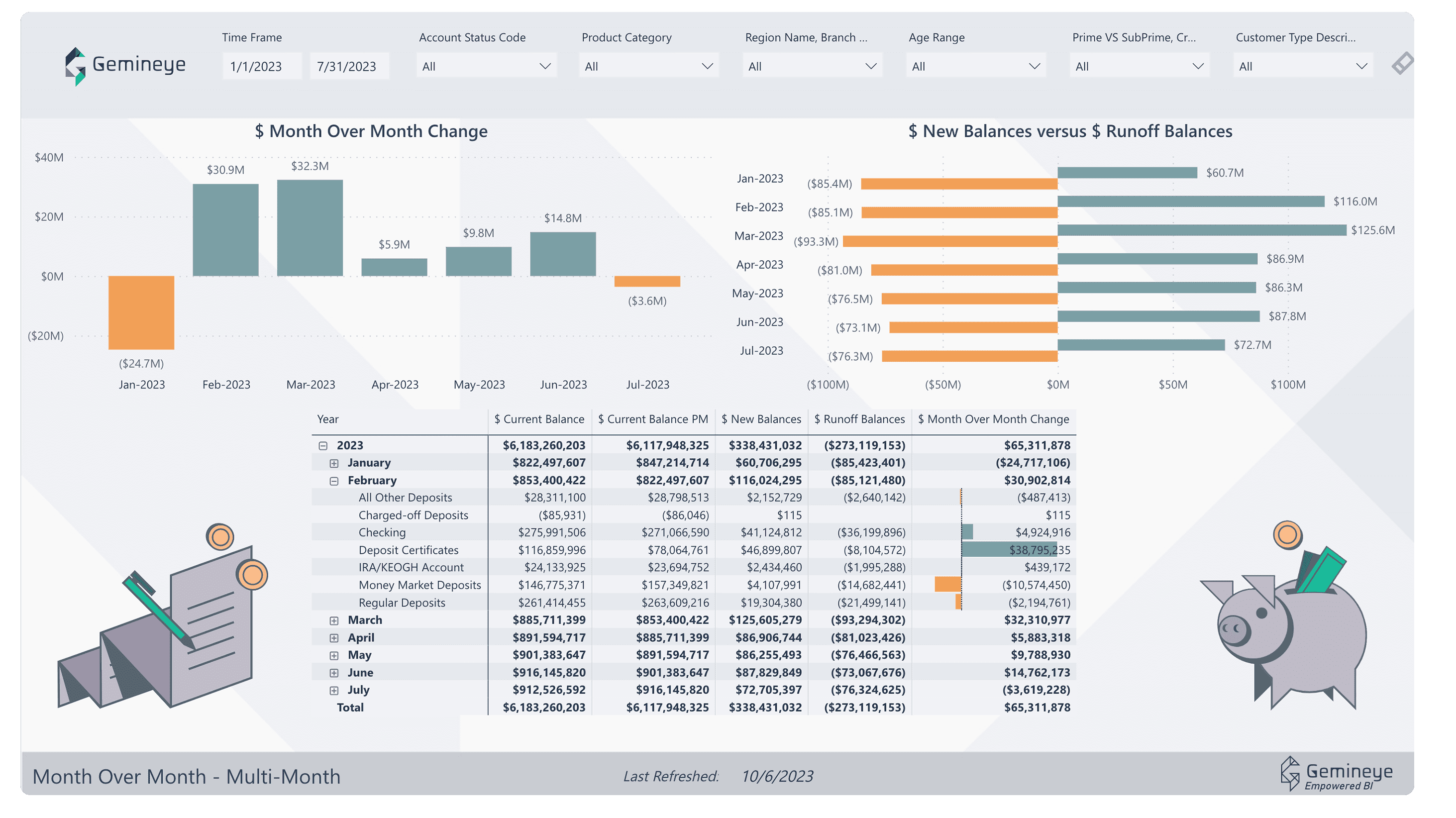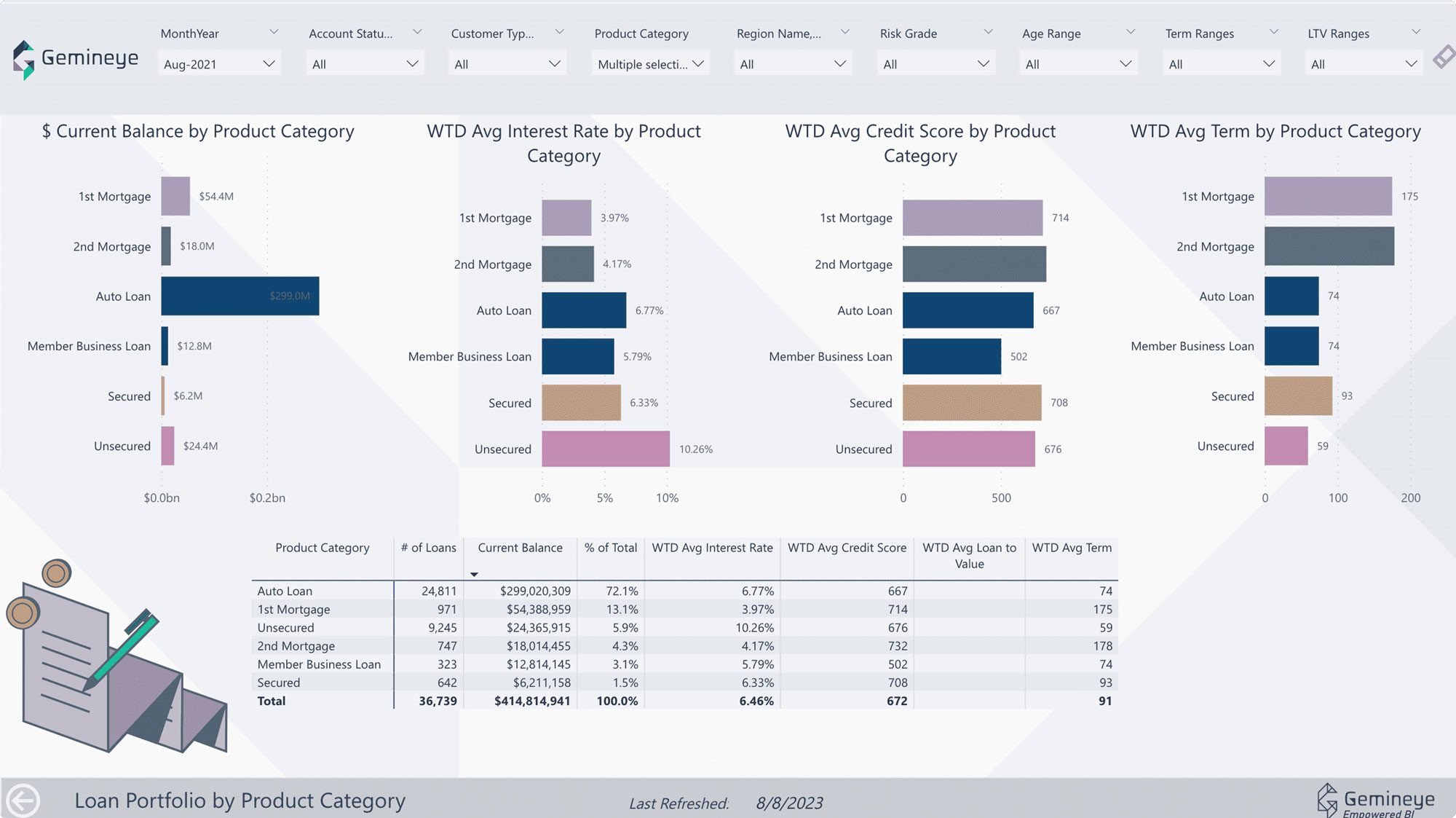In the financial world, your life is all about numbers. In the world of 21st century finance, it’s really all about data. Data was always key to the operations of your financial institutions. Think back 100 years and there would be filing cabinets full of vaults and ledgers and spreadsheets, all of which contained key customer information, statistics on bank performance, projections, etc. Today that data is all digital, and there’s infinitely more of it. Digitizing your organization over the past decades has meant that you can keep track of every piece of customer data, the success of every financial project, every single client interaction, every forecast – all in one place and all at immediate reach. No more running downtown to access a specific filing cabinet – today that data is everywhere and anywhere. So the question weighing on everyone’s minds is this: How is all of this data being controlled? What is being done to keep it safe and secure? The answer is data governance – how you’re using that data, how you control who has access to that data, and the policies that you have in place to make sure that it’s safe, secure, and used correctly. Your Data Governance Team You may already have dedicated individuals on your team to help curate your data, but if not, you’ll need to have those in place first. This can include a data governance committee, who helps build out the data governance framework and data policy, and data stewards who work with that data routinely and can help train others on best practices. However, good data governance is not reduced just to those individuals. Everyone plays a role in managing data properly. The entire team, no matter what their job description, should be trained on the organization’s data practice and how to stay compliant with them. It’s natural to expect the team to abide by those practices, and do everything possible to avoid any security breaches of sensitive data. Why is Data Governance Important? Why is data governance so important to your credit union or bank? The quality of your data is like an MRI of your business. If your data governance is weak, you may only be looking at an X-Ray, which gives you a partial image of what’s going on. Proper data governance means that you can get MRI results at any given time – a high-quality image that really shows you what’s happening behind the scenes from any given angle. Data governance is also crucial when it comes to looking forward. No financial institution remains stagnant – the goal is always to grow. Data is key to that forecasting, and can help make informed decisions about future products and offerings, better client support practices, and internal operational decisions. Data governance helps ensure that that data is secured, easily accessible, and used correctly to make those decisions. Don’t ever let your team feel like all of the data collected is simply going to waste! A Quick Look at Best Practices Here are a few things to remember as you take a closer look at how your organization handles data governance: Create a data driven culture. Help your team to understand that data isn’t simply top-down, but everyone on the team plays a role. Work towards measurable goals. Set benchmarks and targets like you would in any other part of operations, and celebrate reaching them. Know your rules and regulations. Compliance is everything, and you need to play within those rules and regulations in order to be truly successful. Train your team. Make sure that every hire, old and new, is well-familiar with your data governance policies and any new policies that you introduce. Invest in the right technology. Don’t throw good money after bad. Instead, look at your team’s needs, and find the right, customizable solution with the right integrations to get you there.
















